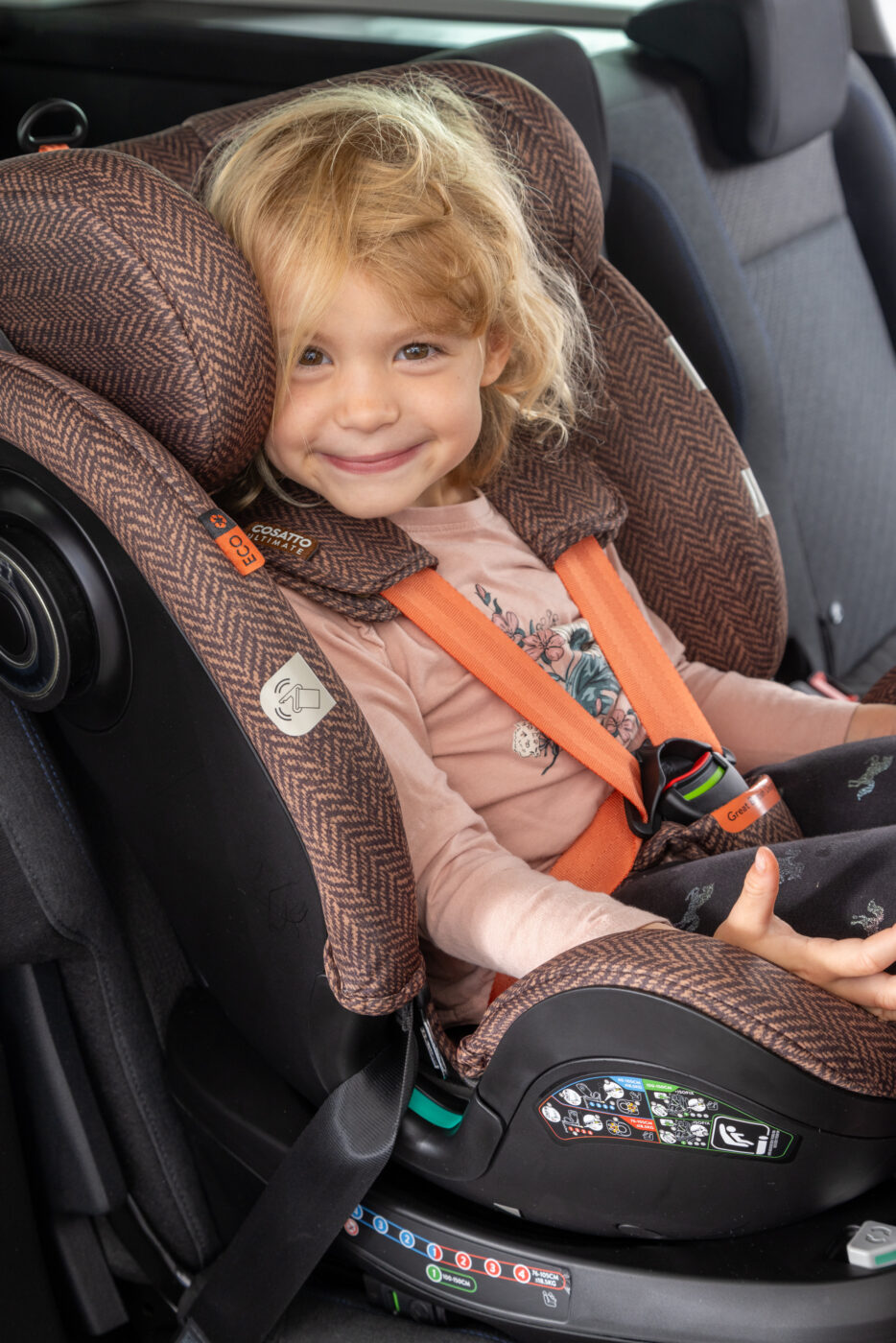Child seat good, all good - but not!
Every second child on Swiss roads is inadequately secured - and this can have serious consequences. The TCS has examined several child seat models and shows which ones are best suited for everyday use and what you need to look out for when using and not just buying them.

Photos: TCS
A total of 17 different child seat models in all sizes were closely scrutinized by TCS. The focus was on the criteria of safety, operation, cleaning and workmanship, ergonomics and pollutant content of the respective seats. However, not all models were able to produce a positive result in the test. Twelve of the seats achieved a "highly recommended" and four others a "recommended". One child seat was rejected by the TCS experts due to an excessively high level of the harmful substance formaldehyde, which is classified as carcinogenic.

Not all seats offer optimum safety either. Children who ride backwards facing the direction of travel are best protected in the car, as they are pressed into the shell in the event of a collision and the stress on the particularly sensitive head and neck area is therefore kept to a minimum. It is precisely because of this impact problem that booster seats are classified as critical in comparison to child seats with backrests - since September of this year, booster seats must have a so-called "UN Reg. 129" authorization. In other words, they may only be used from a height of 125 centimeters.
The wrong material can also lead to increased risk - child seats made of sturdy plastic are clearly preferable to those made of foamed plastic. Nevertheless, booster seats are better than no seat at all for little passengers. After all, they meet the minimum legal requirements and can have an impact on the risk of injury. They also save space and can therefore also be fitted to a middle seat. However, it is important to note that they are not an equivalent replacement for a proper child seat, as the backrest they lack fulfills various protective functions that should not be neglected.

A good child seat alone is not enough
All the quality of the child seat does not help if the seat is subsequently not used correctly. Alarmingly, every second child in Switzerland uses their child seat incorrectly, according to a survey conducted by the BFU and TCS in 2023. Even if the seat is good, it can still be installed incorrectly or the harness can be positioned incorrectly. It is therefore essential to consult the operating instructions before exposing your child to unnecessary risk and simply taking them out on the road in a child seat.









